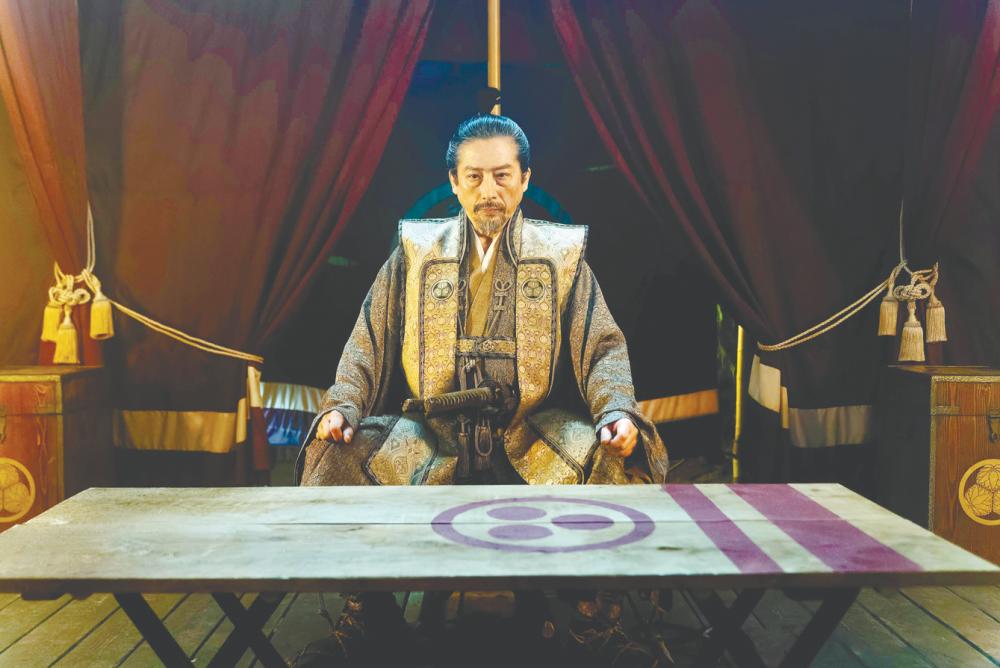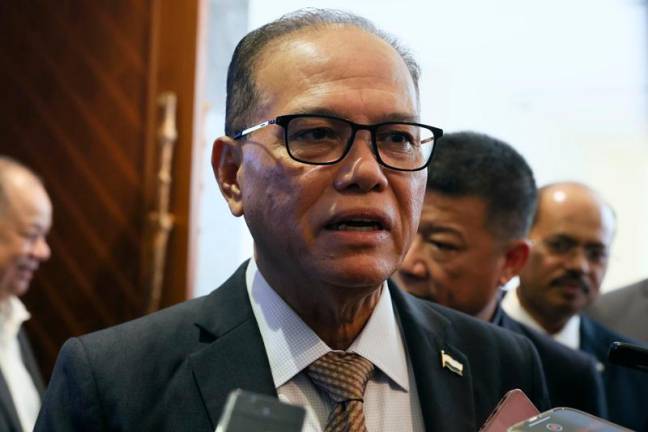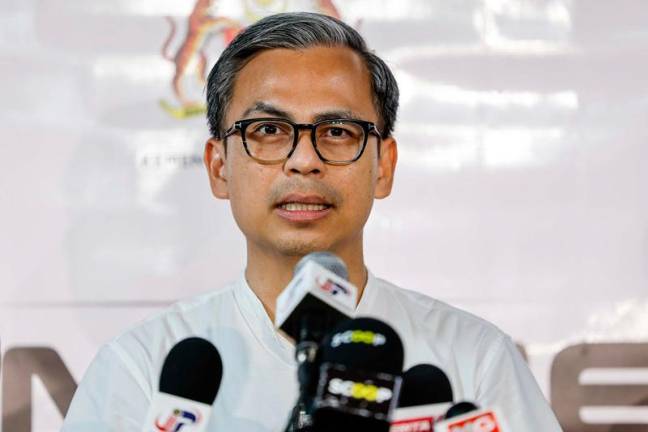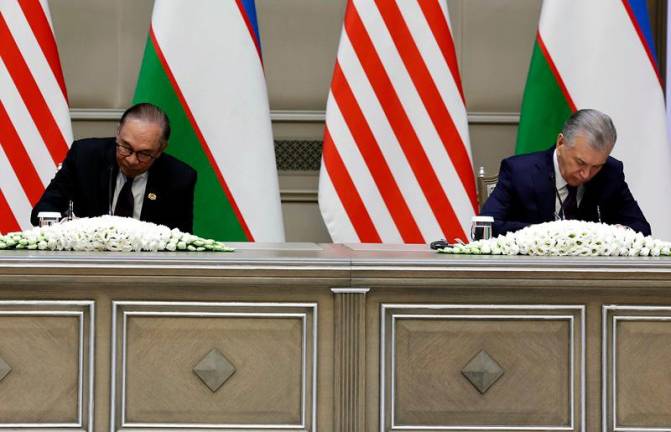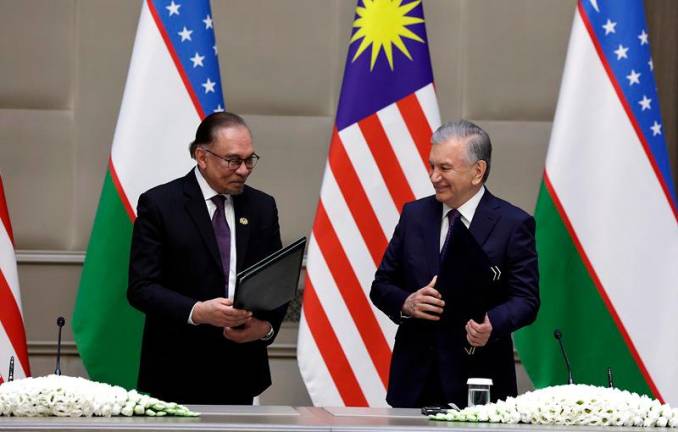AN adaptation of James Clavel’s novel of the same name, FX’s Shogun tells the tale of political intrigue and the prevailing samurai ethos as warring factions aims to become the reclusive kingdom’s ruling power at the tail end of the 16th century.
One of the main protagonist in the series is Yoshii Toranaga (Hiroyuki Sanada) who is at odds with Ishido Kazunari. The two are part of the five regent lords in control of Japan following the passing of its late ruler. Power is consolidated among the five as they wait for their late ruler’s young heir to come of age before giving it back to him.
During the start of the power struggle, John Blackthorne (Cosmo Jarvis) and his Dutch ship washes ashore in Japan, carrying firearms and cannons. He is taken into custody by those loyal to Toranaga.
Toda Mariko (Anna Sawai), a Catholic convert, is assigned by the embattled regent to act as Blackthorne’s translator.
Intricate storytelling
Though Shogun has a sea of samurai on the screen for many of the episodes, the total number of action sequences throughout its 10 episodes can be counted with a single hand. Those thinking that Shogun is a samurai action series will be disappointed.
A historical drama first and foremost, the series’ focal point is told through the eyes of Toranaga, Blackthorne and Mariko, as each have distinct stories to tell the audience.
The descendant of a clan that once ruled Japan, Toranaga’s perspective forms the bulk of the story as he is both the fire that burns anything it touches and the tinder that starts it.
First shown as a cunning and brilliant tactician, Toranaga incrementally begins to doubt whether he will be able to defeat the other regents, while his actions fuels the behaviour and allegiances of his followers and those around him.
Despite being a white man in feudal Japan, Blackthorne never falls into the white saviour trope nor is there white worship, which is refreshing. Instead, he is framed as an outsider, perpetually looking inside, crippled by cultural shock and his own powerlessness in a foreign land. He is the window into the world of Shogun for non-Japanese viewers.
Mariko on the other hand is the most complex character in Shogun. A daughter to Akechi Jinsai, a samurai who betrayed his lord, Mariko straddles the line between wanting to commit suicide and fulfilling her duty to her lord Toranaga.
To convey the wide berth of themes, characterisations, plot points and so on, Shogun is dialogue-heavy. The impressive part here is not just how the show creators crafted an entertaining script where people are just talking, but by also casting the perfect actors for each role.
There is a scene in the first episode where Blackthorne meets Toranaga and explains via Mariko’s translation what the Catholics are aiming to do in Japan – colonisation and conversion. In any other show or film, this would be a boring, expository scene with characters just barfing words. In Shogun, Jarvis, Sanada and Sawai imbue the scene with gravitas and depth with their sterling performances.
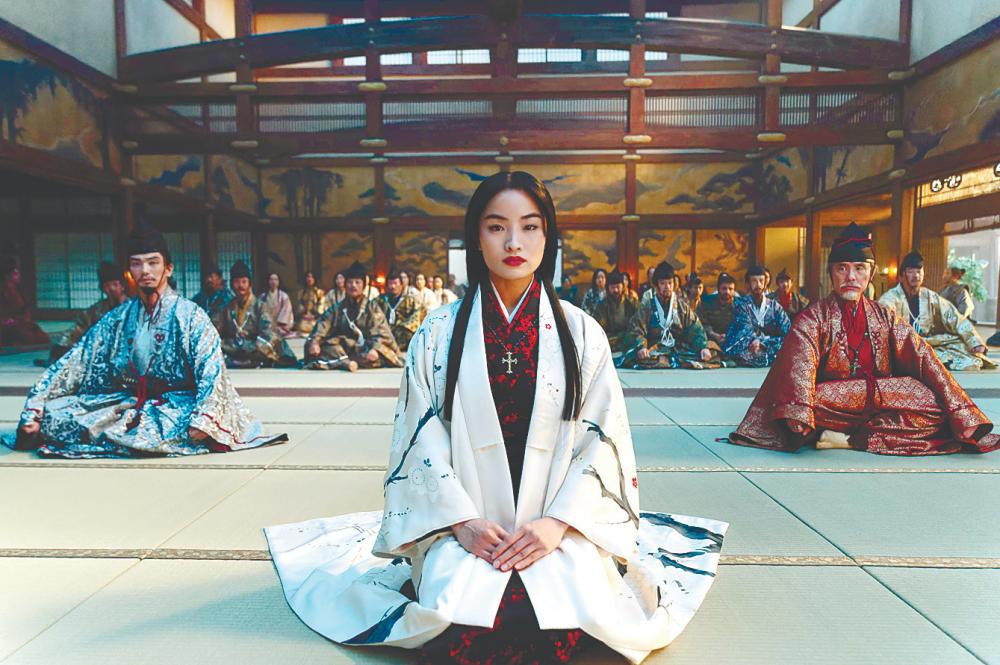
Big screen production
A constant figure in Hollywood and Japanese films for decades, Sanada is primarily known his many acting roles. For Shogun, he takes on an extra role, as a co-producer, and the production quality really shines through.
The series has some of the best costume designs and direction involving historical Japan in modern filmmaking. For most films and television shows, casual audiences pay little attention to what the characters on screen are wearing. In Shogun, not paying attention to what characters are wearing is as much of a loss as not listening to the dialogue or poetry being recited.
Shogun’s cinematography is in a realm of its own. Almost unintentionally “imperfect”, the series experiments with the way it is shot, the lenses used and even the colour grading.
Interior scenes are shot as close to the ground as possible, almost as though humbling the viewer like the regents’ followers, and the framing and blocking of multiple characters is similar to Akira Kurosawa’s films.
If anything is not as up to snuff with the rest of the series, it is definitely the visual effects. There are shots in Shogun involving VFX or CGI that look like digital drain water.
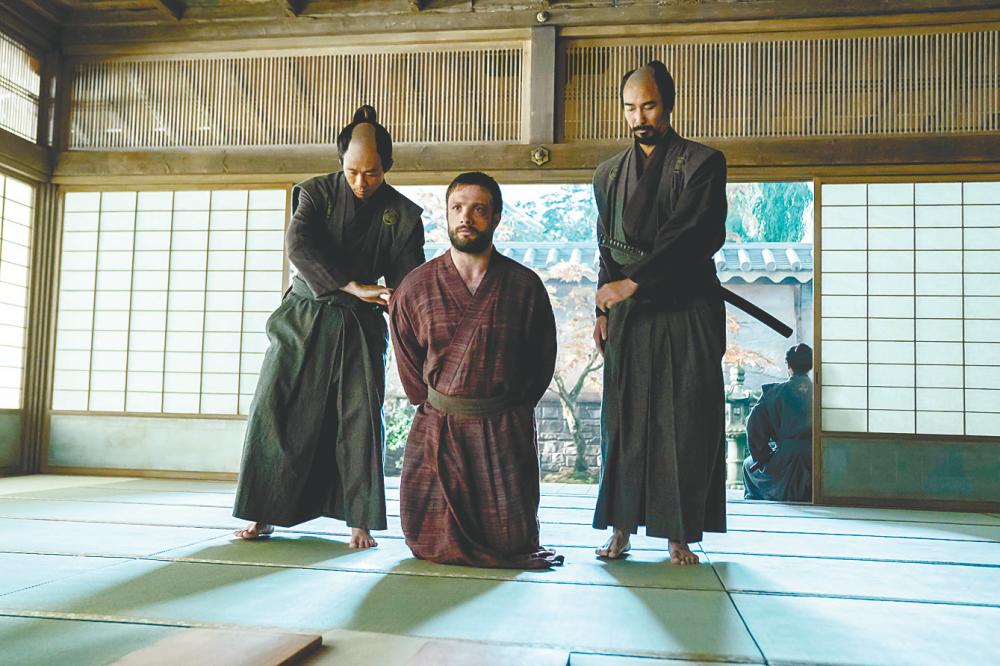
All good things have an end
There are a lot of moving parts and a lot to enjoy within Shogun. As the political drama unfolds and hurtles to its revelations in the final episode, where the series ambitiously pulls the curtain back on Toranaga’s political and social plotting, the final episode wraps up the entire series just as brazenly.
Instead of a cliffhanger or something that sets up a second season, Shogun discreetly points out that there is no need for it. The pieces have already fallen where they need to and Toranaga’s victory is a foregone conclusion.
The unveiling is very much like the famous “You are already dead” internet meme from the Fist of the North Star anime. Toranaga has already become the Shogun of Japan, but no one else has realised it, except us, the viewers.
Shogun is currently streaming on Disney+ Hotstar.



